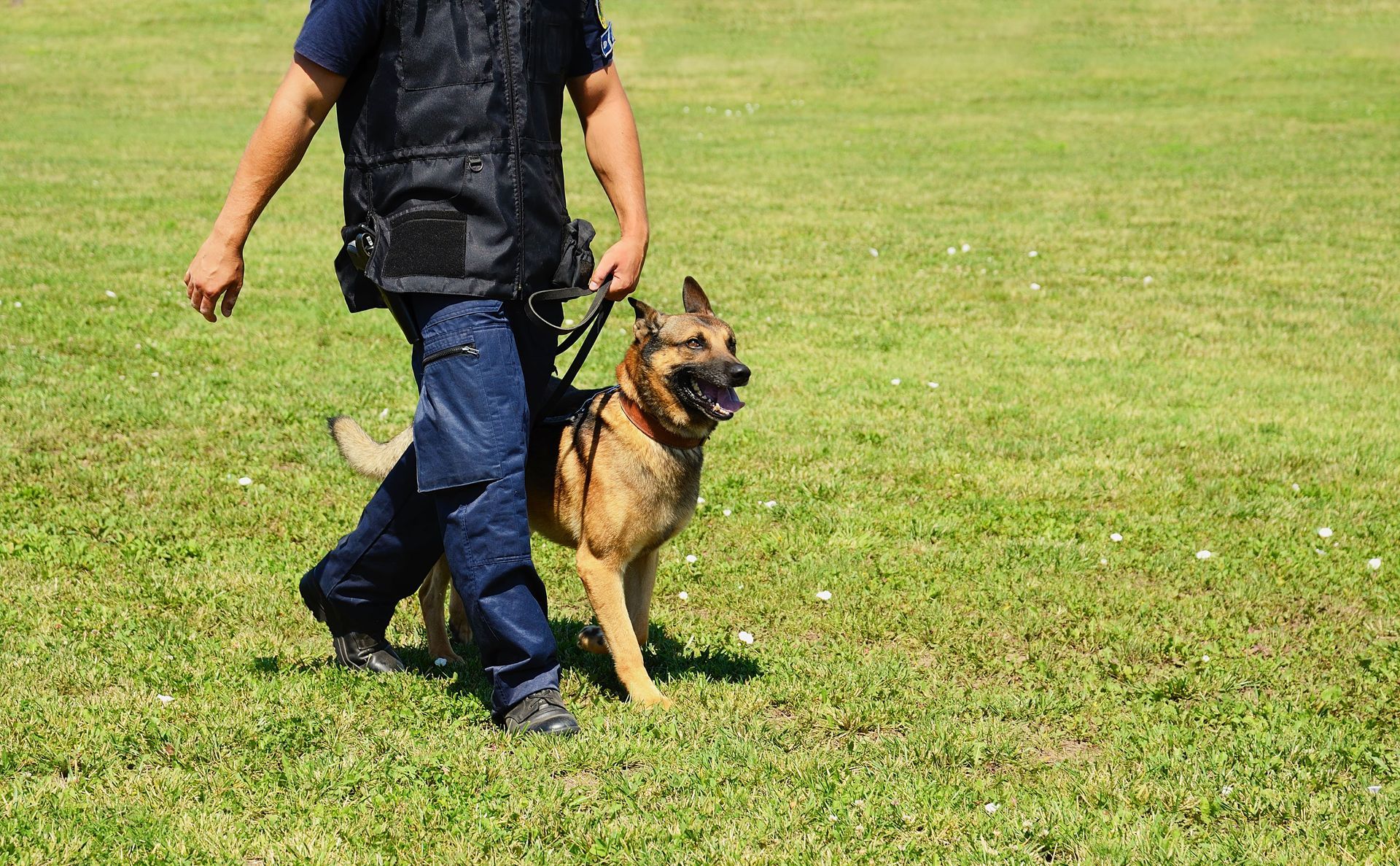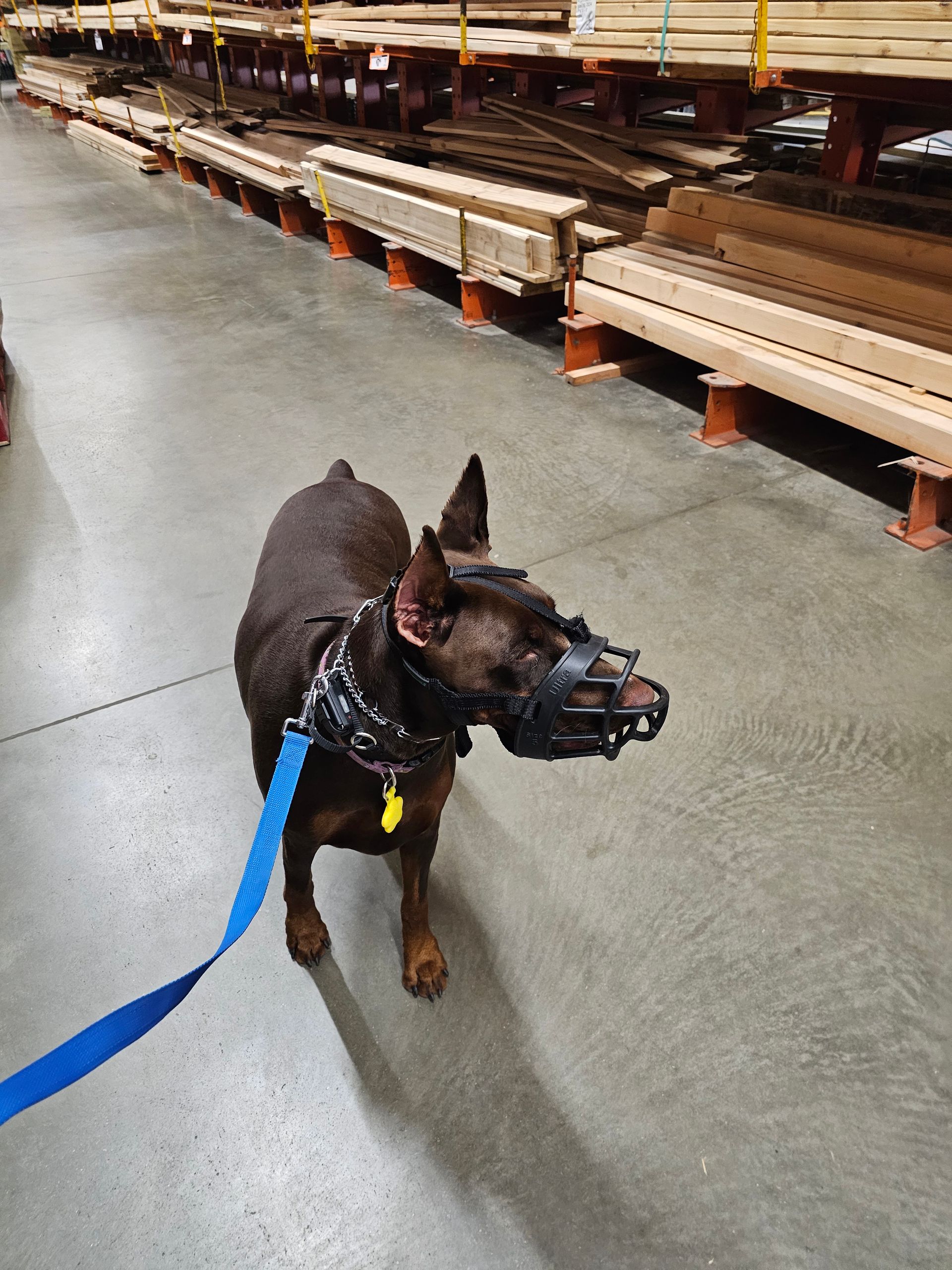How to Choose the Right Dog Trainer
Finding the right dog trainer can make all the difference in your dog’s development, behavior, and relationship with you as their owner. With so many training styles and programs available, it can feel overwhelming to know which approach best fits your dog’s needs. According to Dogster, almost 50% of dog owners take on training their dogs themselves, while nearly the same percentage attend structured classes, showing just how divided the choices can be.
Understanding Training Goals
Before you begin comparing programs, it’s important to outline what you want your dog to accomplish. Some owners are focused on the basics, such as leash manners and staying on command, while others need support for more complex issues like reactivity, aggression, or severe anxiety. Defining your goals helps narrow down your options, since different programs are designed to address different levels of challenge.
Clear goals also help you communicate more effectively with the dog trainer. When you explain that your dog struggles with recall or becomes overly excitable in public, a dog trainer can match you with the program that offers the right tools. Many professional facilities offer both introductory sessions for quick guidance and structured day training that builds skills through repetition. Knowing your goals upfront allows you to select a program that truly aligns with your expectations and your dog’s behavior.
Researching Training Methods
Every training program uses a slightly different philosophy, and understanding these methods is key. Many facilities prioritize structure, consistency, and obedience commands such as sit, down, and place. For example, solo training often emphasizes daily repetition and exposure to distractions so dogs learn to remain calm in real-world situations. Group puppy classes, on the other hand, combine socialization with foundation skills like potty training, crate training, and impulse control.
When researching methods, look for transparency about what the dog trainer teaches and how owners are expected to reinforce the training at home. Programs that pair daily practice with owner involvement tend to create more lasting results. The best approach often balances discipline with guidance, ensuring dogs are compliant while also encouraging a healthy relationship with their humans. Taking the time to understand how a program works will give you more confidence that the method aligns with your values and goals.
Evaluating Experience and Reputation
The background of a training facility is just as important as the program itself. Experienced trainers typically have a track record of helping dogs work through a wide variety of issues, from excessive jumping to resource guarding. Reputation also matters; checking online reviews, testimonials, or asking for recommendations can reveal how effective and supportive the trainers are in practice.
Another key sign of a reputable dog trainer is the variety of programs available. Facilities that offer everything from short obedience refreshers to multi-week day training show they have the flexibility to handle dogs at different levels. The ability to support both young puppies just starting out and older dogs with more complex challenges reflects valuable hands-on experience. Choosing a trainer with a solid reputation ensures you’re putting your dog in capable hands.
Observing Training Style
One of the most revealing steps you can take is to observe a trainer in action before making a commitment. Watching how a dog trainer communicates, sets boundaries, and encourages compliance can tell you if their style feels like the right fit. For instance, some programs emphasize structure throughout the day by teaching dogs to wait at thresholds, respond calmly to distractions, and hold commands until released. Observing this firsthand helps you judge whether the approach would work for your dog.
It’s equally important to watch how trainers interact with owners. Many programs stress that dogs are not the only ones in training; humans must learn to be consistent with boundaries and consequences, too. A good trainer will take time to explain daily homework, provide video demonstrations, and ensure owners are confident in replicating results at home. By observing these interactions, you can assess whether the teaching style suits your learning preferences and your dog’s personality.
Asking the Right Questions
Once you’ve narrowed down your options, prepare a list of questions to ask during consultations. These might include what kinds of issues the program addresses, how progress is measured, and what support is provided between sessions. For example, if your dog struggles with reactivity, you’ll want to ask whether the program includes exposure to public environments and other dogs.
Don’t forget to inquire about the equipment and tools required. By clarifying these details upfront, you avoid surprises and ensure you’re prepared to continue training at home. Thorough, thoughtful questions help you confirm whether the program aligns with your goals and lifestyle.
Considering Location and Convenience
Convenience also extends to the type of program offered. Some facilities provide ongoing options such as maintenance packages or refresh sessions, which allow dogs to continue reinforcing their skills without starting over from the beginning. These can be especially helpful for owners who want to strengthen progress after completing a longer training program.
Location also plays a big role in sticking with training. Programs that require daily drop-off and pick-up can be more manageable if the facility is nearby, while group or individual sessions still require consistent attendance to be effective. Choosing a program that is accessible to you ensures that both you and your dog can commit fully to the process.
Comparing Costs and Value
Cost is always an important consideration, but it should be balanced against the value of the results. Programs range widely, from budget-friendly classes to premium training packages. While a lower-cost option may suit simple needs, more intensive training for dogs with aggression or anxiety often requires a larger investment. Comparing the scope of each program helps you see what you’re truly getting for the price.
It’s also wise to factor in equipment requirements and ongoing support. Some programs include follow-up emails, video demonstrations, or one-on-one sessions with owners, all of which increase the long-term value. Programs may also expose dogs to real-world distractions like public places, which can’t be replicated in shorter sessions. Thinking in terms of long-term results instead of immediate price tags ensures you make a smart investment in your dog’s future.
Understanding Instincts and Dogs’ Response
Ultimately, one of the best indicators of a program’s effectiveness is how your dog responds. A positive training environment should leave your dog more focused, calmer, and responsive over time. If you notice your dog becoming anxious or withdrawn, it may be a sign that the program’s approach isn’t the right fit. Understanding your instincts as an owner is key, since you know your dog’s personality better than anyone else.
Just as important is how comfortable you feel working with the dog trainer. Many programs emphasize that humans must take responsibility for setting boundaries and maintaining consistency at home. If you feel confident in the trainer’s guidance and notice your dog improving, you’re likely on the right track. Paying attention to both your own impressions and your dog’s progress ensures you’ve chosen a program that builds a healthy, lasting partnership.
Choosing the right dog trainer requires clear goals, careful research, and a close look at both methods and convenience. Observing a trainer, asking good questions, and evaluating how your dog responds will help you make the best decision. Remember, the best choice is the one that supports both your dog’s needs and your ability to stay consistent with the training.
If you’re ready to see real results with your dog, don’t leave training up to chance. Partner with the experts at Who’s Walking Who KC Dog Training to give your dog the guidance and support they deserve. Contact us today to start your journey toward a happier, well-trained companion.




Share On: